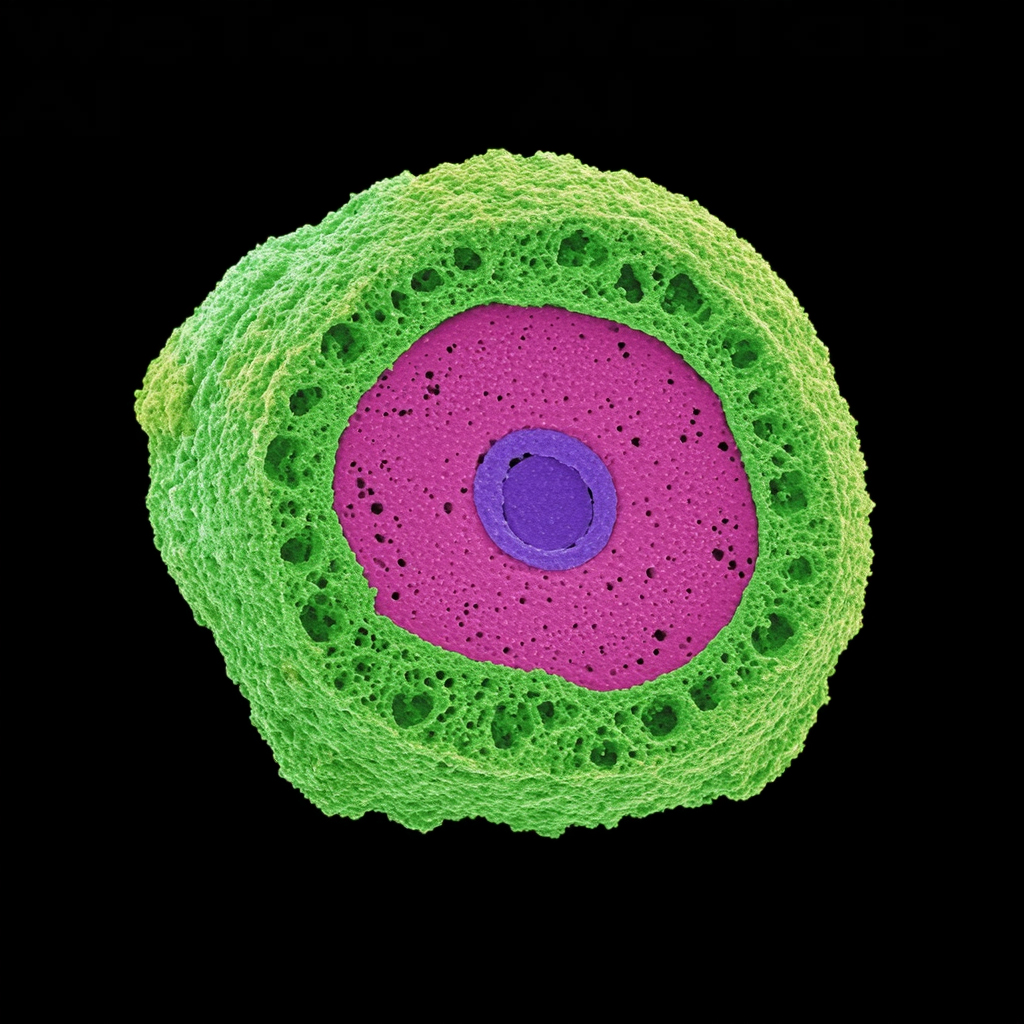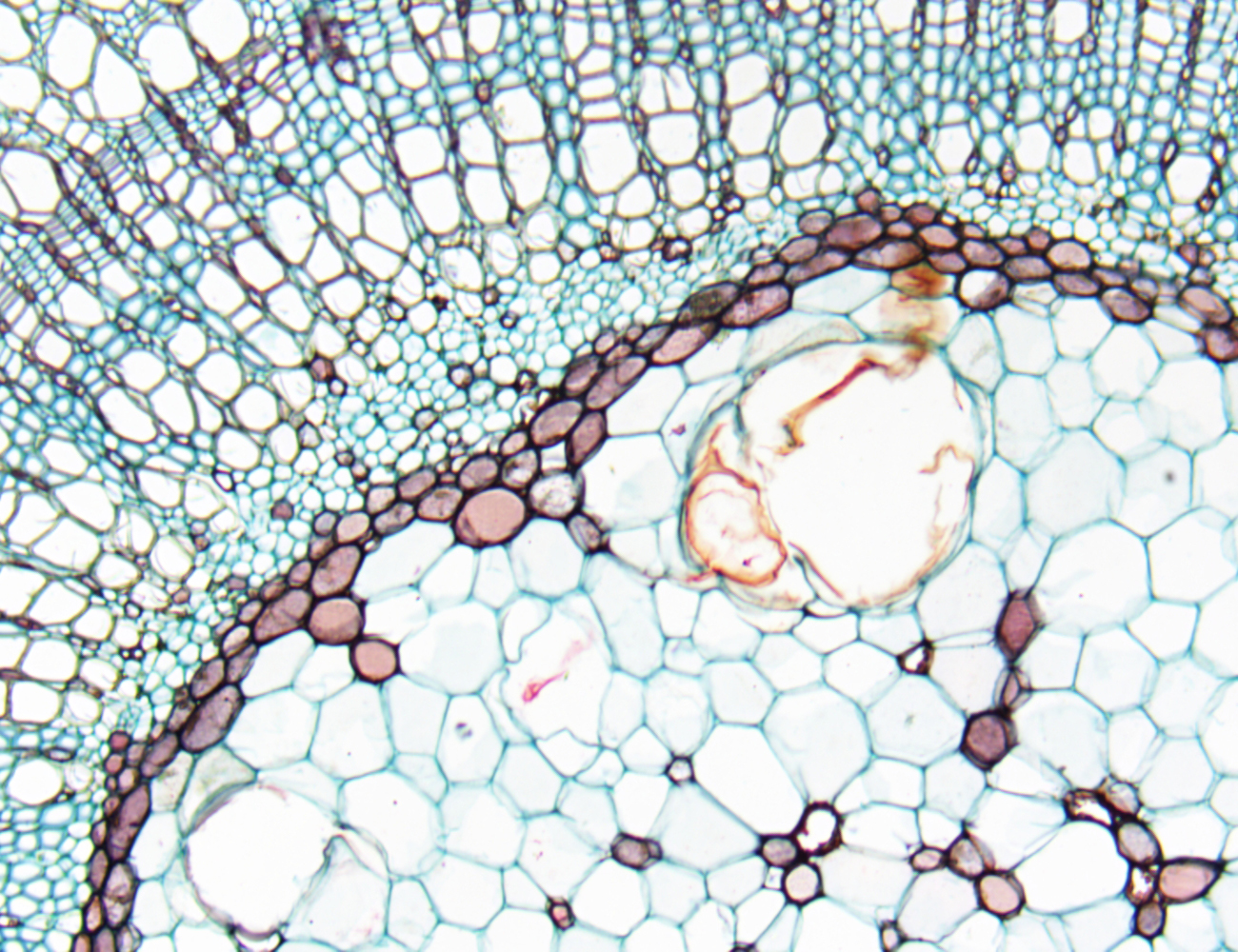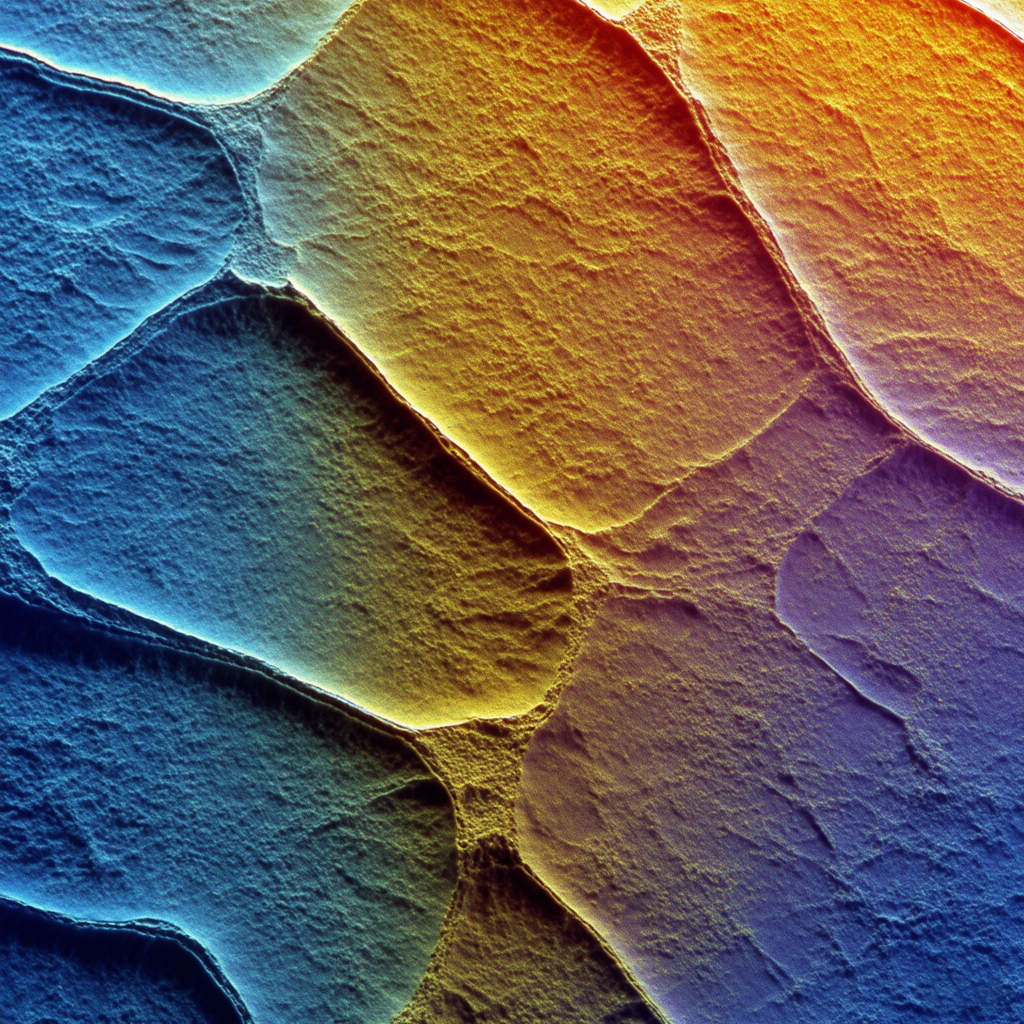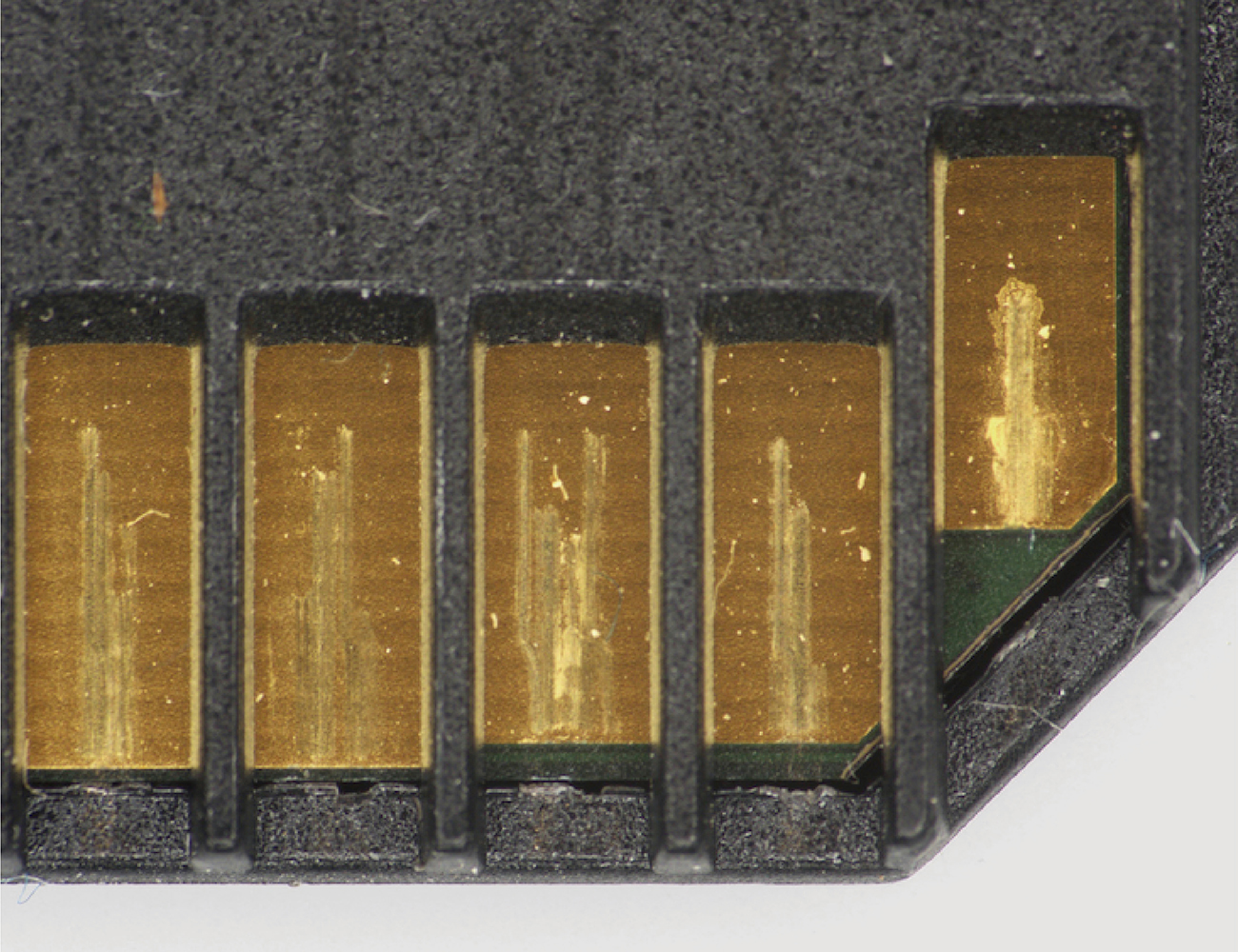MTR3CCD12000KPA Low Light Imaging/Semiconductor Cooled Camera
Product Introduction
The MTR3CCD series features integrated multi-channel beam-splitting optics in USB3.0 CCD cameras designed for simultaneous multi-color fluorescence and multi-band imaging. Internal optical beam splitting (depending on model) separates different spectral bands/color channels from samples and acquires them synchronously, significantly improving imaging efficiency while avoiding timing errors and registration deviations from sequential filter switching. Equipped with high-sensitivity, low-noise CCD sensors, global exposure benefits data consistency for moving samples and live experiments. The built-in Ultra-Fine image processing engine ensures color reproduction and stable real-time preview.
The complete system features dual-stage thermoelectric cooling with closed-loop temperature control, allowing sensor operating temperature to be reduced approximately ΔT≈50 °C below ambient (depending on model), combined with anti-condensation structures to effectively suppress dark current and condensation, suitable for low-light and long exposure times (typically up to 3600 s, depending on model). USB3.0 (5 Gbit/s) high-speed link with (optional) built-in buffering ensures stable transmission of multi-channel large data volumes. Each channel supports independent exposure/gain/ROI/bit depth settings, facilitating fine optimization based on spectral line brightness differences. CNC aluminum alloy housing emphasizes long-term stable operation. Includes ToupView/ToupLite software and cross-platform SDK (Windows/Linux/macOS/Android), facilitating system integration and secondary development.
Key Features
- Integrated multi-channel beam-splitting optics (depending on model): Multi-band/multi-color synchronous acquisition, reducing registration and timing errors from sequential switching
- High-sensitivity low-noise CCD with Global Exposure, suitable for live/moving samples and low-light imaging
- Dual-stage TEC deep cooling, typical ΔT≈50 °C (below ambient, depending on model), significantly reducing dark current; anti-condensation optical structure suppresses condensation
- Optional protective windows: IR-CUT/dual AR coating (depending on model and application)
- USB3.0 (5 Gbit/s) high-speed transmission; (optional) built-in buffering ensures stable throughput of multi-channel large data volumes
- Long exposure: Typically up to 3600 s (depending on model), suitable for extremely weak fluorescence/chemiluminescence scenarios
- Independent channel parameters: Each channel can independently set exposure, gain, ROI, bit depth (12/16-bit depending on model) and readout mode
- Trigger and synchronization: Free-running, software/hardware trigger; supports multi-camera/light source/motion platform timing coordination
- Software functions: Channel registration, false color synthesis and overlay display (depending on software/model); Ultra-Fine color/gamma/contrast/LUT real-time processing
- Structure and interface: C-mount primary interface, CNC aluminum alloy housing, stable and durable, suitable for long-term continuous operation
- Software and ecosystem: Includes ToupView/ToupLite; provides Windows/Linux/macOS/Android SDK (compatible with DirectShow/TWAIN)
- Typical applications: Multi-color fluorescence microscopy, FISH/FRET, multi-band observation, biomedical imaging, materials and semiconductor multi-channel analysis
Product Details
| Key Parameters | |
| Model | MTR3CCD12000KPA |
| Sensor | ICX834AQG (C) |
| Effective Pixels / Resolution | 12MP (4248×2836) |
| Frame Rate (Full Resolution and Key Resolution Modes) | 3.6 fps@4248×2836; 3.6 fps@2124×1418 |
| Shutter Type | Rolling Shutter |
| Color Type | Color |
| Imaging Performance | |
| Pixel Size | 3.1 µm × 3.1 µm |
| Sensor Size | 13.15 mm × 8.77 mm |
| Diagonal | 0.99" (15.81 mm) |
| Dynamic Range | TBD |
| Bit Depth | 8/14-bit |
| Sensitivity | 420 mV (1/30s), 15.2 mV dark current |
| Interface & Mechanical | |
| Data Interface | USB3.0 |
| GPIO | TBD |
| Lens Mount | C-mount |
| Dimensions | See dimensional drawings |
| Weight | TBD |
| Power Supply | USB3.0 interface power + external DC12V 3A cooling power |
| Environment & Certification | |
| Operating Temperature / Humidity | -10 °C ~ +50 °C / 30%~80%RH |
| Storage Temperature / Humidity | -20 °C ~ +60 °C / 10%~60%RH |
| OS Support | Windows/Linux/macOS/Android multi-platform SDK (native C/C++, C#/VB.NET, Python, Java, DirectShow, TWAIN, etc.) |
| Certification | CE, FCC |
Product Overview
MTR3CCD12000KPA is a scientific-grade cooled camera designed for low-light imaging and long exposure applications. It features the high-performance ICX834AQG (C) image sensor with the following characteristics:
Core Performance Indicators
Cooling Capability
42 °C below ambient temperature
Maximum Exposure Time
Up to 1 hour
Typical Dark Current
0.07 mV @ -20 °C
Resolution
12MP (4248×2836)
Scientific Application Features
Astronomical Observation
Ultra-low noise and long exposure capability suitable for capturing dim targets such as deep-sky objects, comets, and nebulae.
Spectral Analysis
High dynamic range and linear response for precise spectral information recording, suitable for Raman spectroscopy and fluorescence spectroscopy applications.
Bioluminescence Imaging
Extremely high sensitivity for capturing weak signals from bioluminescence and chemiluminescence, supporting in vivo imaging research.
Long-Term Monitoring
Stable cooling system and anti-condensation design support long-term unattended scientific observation.
Recommendation
The MTR3CCD12000KPA cooled camera, with its exceptional low-light detection capability, ultra-long exposure time, and scientific-grade image quality, is the ideal choice for astronomical observation, spectral analysis, bioluminescence imaging, and other low-light applications. Deep cooling technology effectively suppresses noise, while anti-condensation design ensures long-term stable operation, providing reliable imaging solutions for scientific research.
MTR3CCD12000KPA Product Manual
PDF format with detailed technical specifications and dimensional drawings
SDK Development Kit
Supports Windows, Linux, macOS and other platforms
3D Model Files
STEP format for mechanical design integration
Package List #
Standard configuration and packing information for MTR3CCD cooled CCD cameras (USB3.0 · -50 °C deep cooling)
Standard packing list
- Carton size: L: 50 cm W: 30 cm H: 30 cm (20 pcs, 12-17 kg/carton)
- 3-A instrument safety case: L: 28 cm W: 23.0 cm H: 15.5 cm (1 pc, 2.8 kg/case)
- One MTR3CCD series camera
- Power adapter: Input: AC 100~240 V 50 Hz/60 Hz, Output: DC 12 V 3 A
- High-speed USB 3.0 A-to-B gold-plated data cable / 2.0 m
- CD (drivers and application software, Ø 12 cm)
Optional accessories
- Adjustable eyepiece tube adapters
Dia. 23.2 mm eyepiece to C-mount: 108001/AMA037, 108002/AMA050, 108003/AMA075, 108004/AMA100
Dia. 31.75 mm eyepiece to C-mount: 108008/ATA037, 108009/ATA050, 108010/ATA075, 108011/ATA100 - Fixed eyepiece tube adapters
Dia. 23.2 mm eyepiece to C-mount: 108005/FMA037, 108006/FMA050, 108007/FMA075, 108008/FMA100
Dia. 31.75 mm eyepiece to C-mount: 108011/FTA037, 108012/FTA050, 108013/FTA075, 108014/FTA100 - 108015 (Dia. 23.2 mm to 30.0 mm ring) - Adaptor ring for 30 mm eyepiece tubes
- 108016 (Dia. 23.2 mm to 30.5 mm ring) - Adaptor ring for 30.5 mm eyepiece tubes
- External trigger control cable (optional based on trigger needs)
- Micrometer calibration slide
106011/TS-M1 (X = 0.01 mm/100 Div.)
106012/TS-M2 (X,Y = 0.01 mm/100 Div.)
106013/TS-M7 (X = 0.01 mm/100 Div., 0.10 mm/100 Div.)
Product Dimensions #
Dimensional reference for MTR3CCD cooled CCD cameras
The MTR3CCD series from Topvision Optoelectronics is a premium, research-grade USB 3.0 cooled CCD camera engineered for low-light, fluorescence, and high-precision scientific imaging. It employs Sony ExView HAD CCD sensors alongside dual-stage thermoelectric cooling to precisely control sensor temperature, achieving up to 50 °C below ambient to suppress dark current and thermal noise. A fully sealed metal chassis with anti-condensation protection and an Ultra-Fine color processing engine delivers stable, reliable imaging for both scientific and industrial workflows.
Key Features
Dual-stage TE cooling
Up to 50 °C delta with precise software control
Anti-fog sealed design
Condensation-free at ultra-low temperatures
Sony ExView HAD CCD
High sensitivity and low noise for long exposures
Extended exposure support
Up to 1-hour exposure for wide dynamic range imaging
Performance Highlights
Cooling capacity
-50 °C
Precise temperature deltaResolution range
1.4-12 MP
Multiple configurationsExposure time
0.06 ms to 1 h
Ultra-wide rangeData depth
14-bit
Research-grade precisionIn-depth Product Overview
Dual-stage thermoelectric cooling
The MTR3CCD series employs advanced dual-stage thermoelectric cooling (TEC) to control the sensor up to 50 °C below ambient. Precision temperature algorithms and an efficient heat dissipation system allow software-defined temperature setpoints and monitoring. This deep cooling dramatically reduces CCD dark current and thermal noise, enabling high signal-to-noise images during long exposures or extremely low-light scenes—ideal for astronomy, fluorescence, and other noise-critical applications.
Professional anti-condensation design
To guarantee stability in low-temperature environments, the MTR3CCD combines a fully sealed metal housing with an anti-condensation optical window. Multi-layer coatings and a desiccant chamber on the window prevent moisture build-up, while industrial-grade seals keep humidity away from the sensor cavity so imagery remains crisp and fog-free. Optional cooling fans and external heat sinks add reliability in extreme conditions.
Optimized CCD imaging quality
Sony ExView HAD CCD sensors deliver high sensitivity and broad spectral response, especially in the near-infrared (NIR) range. The MTR3CCD readout chain is optimized for CCD architecture to minimize read noise and PRNU, while the Ultra-Fine color engine ensures accurate reproduction. A built-in 14-bit A/D converter and adjustable gain provide stable, trustworthy data for scientific workflows.
Extended exposure with superior thermal management
Exposure control spans from 0.06 ms to 1 hour. Low-noise readout circuits combined with deep cooling suppress thermal noise accumulation during prolonged exposures. Built-in noise mitigation tools—including dark-frame correction and thermal dark-frame modeling—keep every frame consistent. External trigger and sync interfaces make it easy to coordinate with telescopes or optical platforms for precise, synchronized acquisition.
Multi-platform software and SDK support
SDKs are available for Windows and Linux with support for C/C++, LabVIEW, and more. Paired with Topvision Optoelectronics' UltraView software, users get real-time acquisition, exposure control, temperature management, and data logging. A standard USB 3.0 interface and extensive accessory options streamline integration into laboratories, inspection systems, and astronomical platforms alike.
Applications
Application showcases of the MTR3CCD series across scientific imaging fields
Core advantages of the MTR3CCD series
Extreme cooling
-50 °C dual-stage TE cooling
Anti-condensation design
Sealed structure protection
Low-light imaging
ExView HAD CCD
Extended exposure
Up to 1 hour
14-bit precision
Research-grade bit depth
Multiple trigger modes
Flexible synchronization control
All-metal body
CNC machining for vibration damping
USB 3.0 high speed
5 Gbps stable transfer












